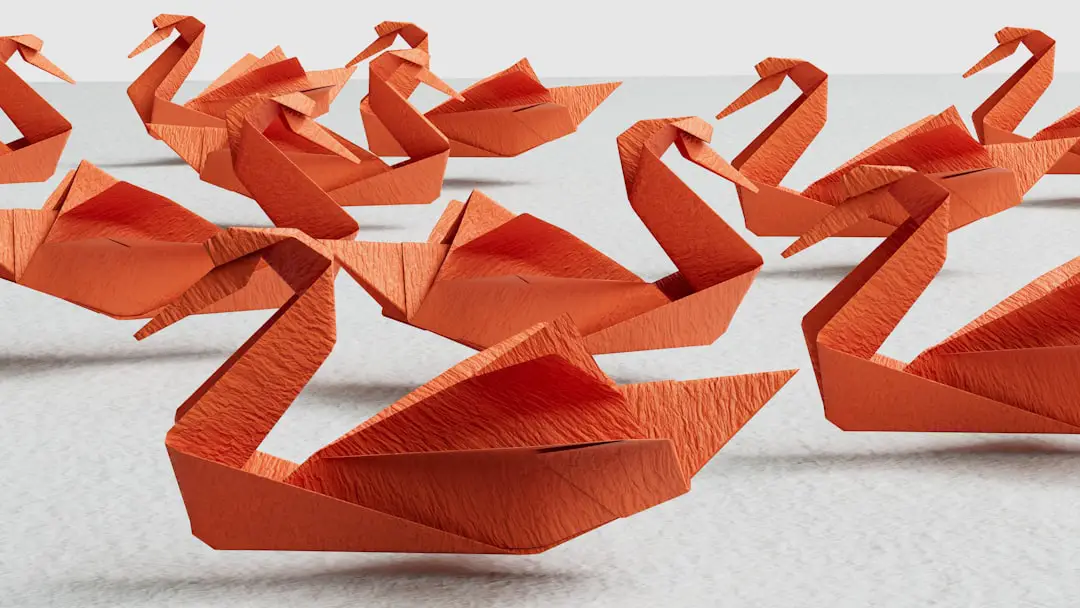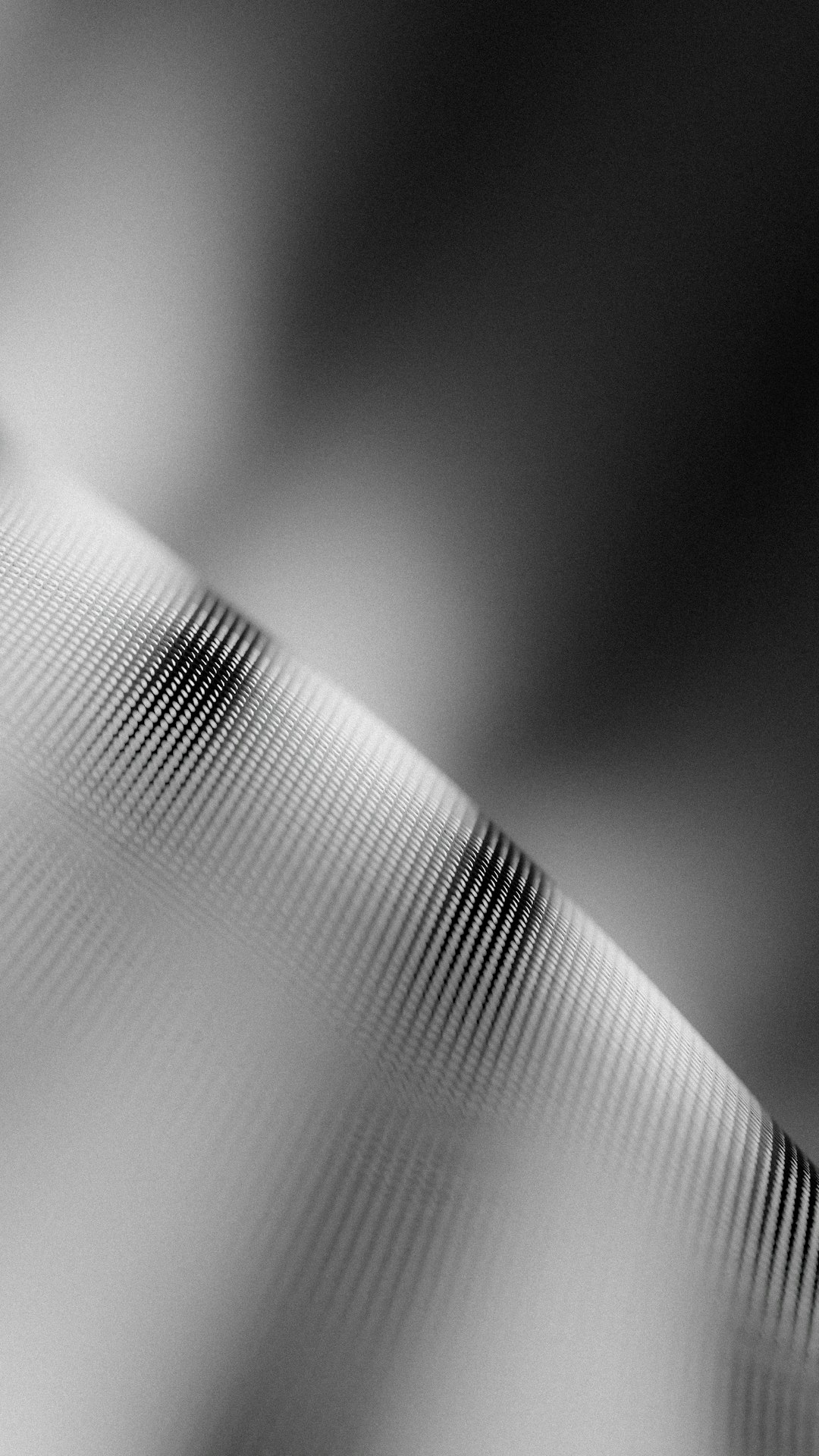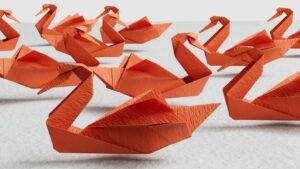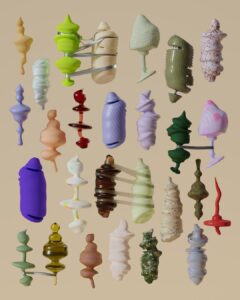Support our educational content for free when you purchase through links on our site. Learn more
What is 3D Printing and Examples? [2024] 🖨️
Have you ever wondered what 3D printing is and how it works? Well, you’re in luck! In this article, we’re going to dive deep into the world of 3D printing and explore some fascinating examples. Get ready to be amazed by the possibilities of this cutting-edge technology!
Table of Contents
- Quick Answer
- Quick Tips and Facts
- Background and History of 3D Printing
- How Does 3D Printing Work?
- Types of 3D Printers
- What Can You 3D Print?
- The 3D Printing Process
- Advantages and Disadvantages of 3D Printing
- FAQ
- Conclusion
- Recommended Links
- Reference Links
Quick Answer
3D printing is a revolutionary process that allows you to create physical objects from digital designs. It works by layering materials, such as plastics, composites, or bio-materials, to build objects of various shapes, sizes, rigidity, and colors. This technology has endless applications across industries, from healthcare and construction to education and aerospace.
✅ 👉 CHECK PRICE on: Thingiverse | Cults3D | Yeggi | Free3D | MyMiniFactory | Pinshape | CGTrader | TurboSquid | 3Dexport
Quick Tips and Facts
- 3D printing is estimated to reach a value of $84 billion by 2029.
- It is commonly used in manufacturing and automotive industries.
- The healthcare industry has utilized 3D printing for personal protective equipment (PPE) during the COVID-19 pandemic.
- Construction companies are using 3D printing to print complete homes.
- Schools are incorporating 3D printers for hands-on learning by printing educational models.
Background and History of 3D Printing

Let’s take a trip back in time to understand the background and history of 3D printing. The concept of 3D printing, also known as additive manufacturing, originated in the 1980s. It was initially used for rapid prototyping in the manufacturing industry. However, as technology advanced, so did the capabilities of 3D printing.
The first 3D printer was invented by Chuck Hull in 1983, who later co-founded 3D Systems Corporation. This groundbreaking invention paved the way for the development of various 3D printing technologies and materials.
How Does 3D Printing Work?
Now, let’s explore how 3D printing actually works. The process begins with a digital design created using computer-aided design (CAD) software. This design is then sliced into thin layers, which are sent to the 3D printer.
The 3D printer uses one of several technologies, such as stereolithography (SLA), selective laser sintering (SLS), or fused deposition modeling (FDM), to build the object layer by layer. Each layer is carefully deposited or cured, depending on the technology used, until the final object is complete.
Types of 3D Printers
There are several types of 3D printers available, each with its own unique capabilities and applications. Let’s take a closer look at some of the most common types:
-
Stereolithography (SLA) Printers: These printers use a liquid resin that is cured by a laser or UV light to create the object layer by layer. SLA printers are known for their high level of detail and accuracy.
-
Selective Laser Sintering (SLS) Printers: SLS printers use a laser to selectively fuse powdered materials, such as plastics or metals, to create the object. This technology allows for the creation of complex and durable parts.
-
Fused Deposition Modeling (FDM) Printers: FDM printers work by extruding a thermoplastic filament through a heated nozzle. The filament is deposited layer by layer to build the object. FDM printers are widely used and are known for their affordability and ease of use.
What Can You 3D Print?
The possibilities of 3D printing are virtually endless. You can 3D print a wide range of objects, including:
- Prototypes and models for product development
- Customized jewelry and accessories
- Replacement parts for appliances or machinery
- Prosthetics and medical devices
- Architectural models and sculptures
- Educational models for schools and universities
- Food and confectionery items
- Artistic creations and sculptures
The 3D Printing Process
The 3D printing process involves several steps, from design to post-processing. Here’s a simplified overview of the process:
-
Design: Create a digital 3D model using CAD software or download a pre-existing design from online repositories like Thingiverse.
-
Slicing: Slice the 3D model into thin layers using slicing software. This step determines the path and parameters for the 3D printer.
-
Printing: Load the sliced file into the 3D printer and start the printing process. The printer will deposit or cure the material layer by layer until the object is complete.
-
Post-processing: Depending on the printing technology and material used, post-processing may be required. This can include removing support structures, sanding, painting, or polishing the object to achieve the desired finish.
Advantages and Disadvantages of 3D Printing
Like any technology, 3D printing has its advantages and disadvantages. Let’s take a closer look at both sides:
Advantages of 3D Printing
- Design Freedom: 3D printing allows for the creation of complex geometries and intricate designs that would be difficult or impossible to achieve with traditional manufacturing methods.
- Rapid Prototyping: With 3D printing, you can quickly iterate and test designs, reducing the time and cost of product development.
- Customization: 3D printing enables the production of personalized and customized products, catering to individual needs and preferences.
- Reduced Waste: Unlike traditional manufacturing, 3D printing is an additive process, meaning it only uses the necessary amount of material, reducing waste.
Disadvantages of 3D Printing
- Limited Material Selection: While the range of available materials for 3D printing is expanding, it is still limited compared to traditional manufacturing methods.
- Print Speed: 3D printing can be a slow process, especially for large or complex objects. Patience is key!
- Post-Processing Requirements: Depending on the technology and material used, post-processing may be necessary to achieve the desired finish, adding time and effort to the process.
FAQ

What is the main purpose of 3D printing?
The main purpose of 3D printing is to transform digital designs into physical objects. It offers a cost-effective and efficient way to produce prototypes, customized products, and complex geometries that would be challenging with traditional manufacturing methods.
Read more about “What is the main purpose of 3D printing?”
How is 3D printing used in real life?
3D printing has countless real-life applications across various industries. It is used in healthcare for creating prosthetics, implants, and medical equipment. In the construction industry, 3D printing is used to print complete homes. Schools utilize 3D printers for hands-on learning by printing educational models. Additionally, 3D printing is used in aerospace technology, automotive industry, consumer products, and even the food industry.
Read more about “What are 3D Printed Objects Used For? …”
What are the 4 types of 3D printing?
The four main types of 3D printing are stereolithography (SLA), selective laser sintering (SLS), fused deposition modeling (FDM), and digital light processing (DLP). Each type has its own unique characteristics and applications.
Read more about “What is Material for 3D Printing? … 🖨️”
How do you 3D print something?
To 3D print something, you need to follow a few steps:
- Create or download a digital 3D model.
- Slice the model into layers using slicing software.
- Load the sliced file into the 3D printer.
- Start the printing process and wait for the object to be completed.
- Perform any necessary post-processing to achieve the desired finish.
Read more about “How do you 3D print something?”
Conclusion

In conclusion, 3D printing is a groundbreaking technology that allows you to bring your digital designs to life. With its wide range of applications and the ability to create customized objects, 3D printing is revolutionizing industries and opening up new possibilities. Whether you’re a hobbyist, a designer, or a professional, 3D printing offers endless opportunities for creativity and innovation.
So, what are you waiting for? Dive into the world of 3D printing and unleash your imagination!
Recommended Links
- Beginner’s Guides
- Industry News
- 3D Printable Objects
- Commercial 3D Printing Projects
- Free 3D Models
- What is a 3D printed item?
✅ 👉 CHECK PRICE on: Thingiverse | Cults3D | Yeggi | Free3D | MyMiniFactory | Pinshape | CGTrader | TurboSquid | 3Dexport





